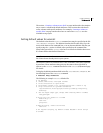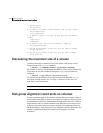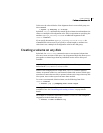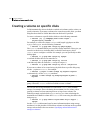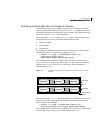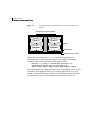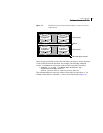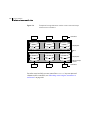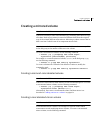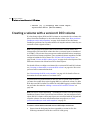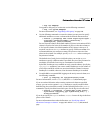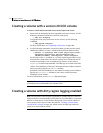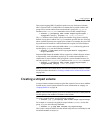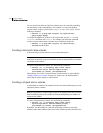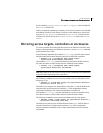
249Creating volumes
Creating a mirrored volume
Creating a mirrored volume
Note: You need a full license to use this feature.
A mirrored volume provides data redundancy by containing more than one copy
of its data. Each copy (or mirror) is stored on different disks from the original
copy of the volume and from other mirrors. Mirroring a volume ensures that its
data is not lost if a disk in one of its component mirrors fails.
Note: A mirrored volume requires space to be available on at least as many disks
in the disk group as the number of mirrors in the volume.
To create a new mirrored volume, use the following command:
# vxassist [-b] [-g diskgroup] make volume length \
layout=mirror [nmirror=number] [init=active]
For example, to create the mirrored volume, volmir, in the disk group, mydg,
use the following command:
# vxassist -b -g mydg make volmir 5g layout=mirror
To create a volume with 3 instead of the default of 2 mirrors, modify the
command to read:
# vxassist -b -g mydg make volmir 5g layout=mirror nmirror=3
Creating a mirrored-concatenated volume
Note: You need a full license to use this feature.
A mirrored-concatenated volume mirrors several concatenated plexes. To create
a concatenated-mirror volume, use the following command:
# vxassist [-b] [-g diskgroup] make volume length \
layout=mirror-concat [nmirror=number]
Alternatively, first create a concatenated volume, and then mirror it as
described in “Adding a mirror to a volume” on page 271.
Creating a concatenated-mirror volume
Note: You need a full license to use this feature.
A concatenated-mirror volume is an example of a layered volume which
concatenates several underlying mirror volumes. To create a concatenated-
mirror volume, use the following command:



